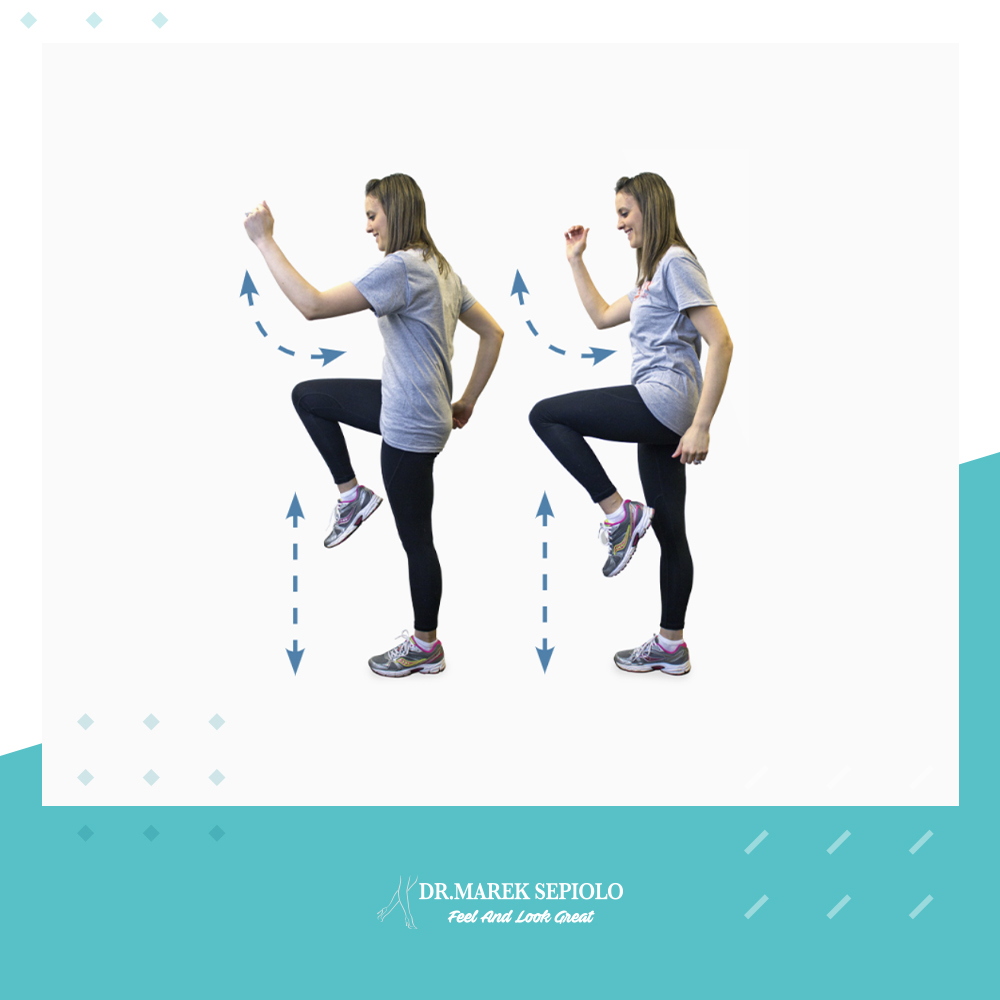Targeted Leg Exercises for Patients with Venous Insufficiency
Actively performing these exercises along with wearing the compression garments will always reduce aching and pain in the legs, reduce tiredness and leg fatigue, may reduce leg cramping and restlessness (at night) and reduce ankle and leg swelling. Especially if you experienced swelling in your legs, you should be eager to get started on these exercises right away!
The goal is to try to move a total of 30 minutes each day. So, if you have to break up your thirty minutes into three ten-minute sessions, that’s great. If you can do two thirty-minute routines each day, that’s even better! Just be sure you get up and move a few times throughout the day to get your blood flow pumping.

Here in this e-book you can find 10 simple exercises that you can master into a simple routine that will improve your vein health and the amount of relief that you get from wearing compression stockings or garments. These exercises will not harm you in any way as they were designed by a fellowship trained orthopedic physical therapist, Dr. Nicole Swiatek.

These exercises stimulate blood flow from the superficial veins into the deep veins while also stimulating blood flow out of ‘no man’s land’, i.e. the deep veins. Additionally, they help venous blood out of the superficial veins into the deep veins at the saphenofemoral junction and saphenopopliteal junctions and through the perforator veins. All of this reduces the amount of venous blood pooling, which translates into having a more efficient and healthy venous circulation.
As we age, we also lose muscle bulk and this is called sarcopenia. Since the calf muscle is responsible for pumping blood out of the legs, maintaining a strong muscle pump is also a necessary measure to reduce venous blood pooling. Efforts should also be made by patients to do exercises that maintain good calf muscle strength and pump function at any age.
